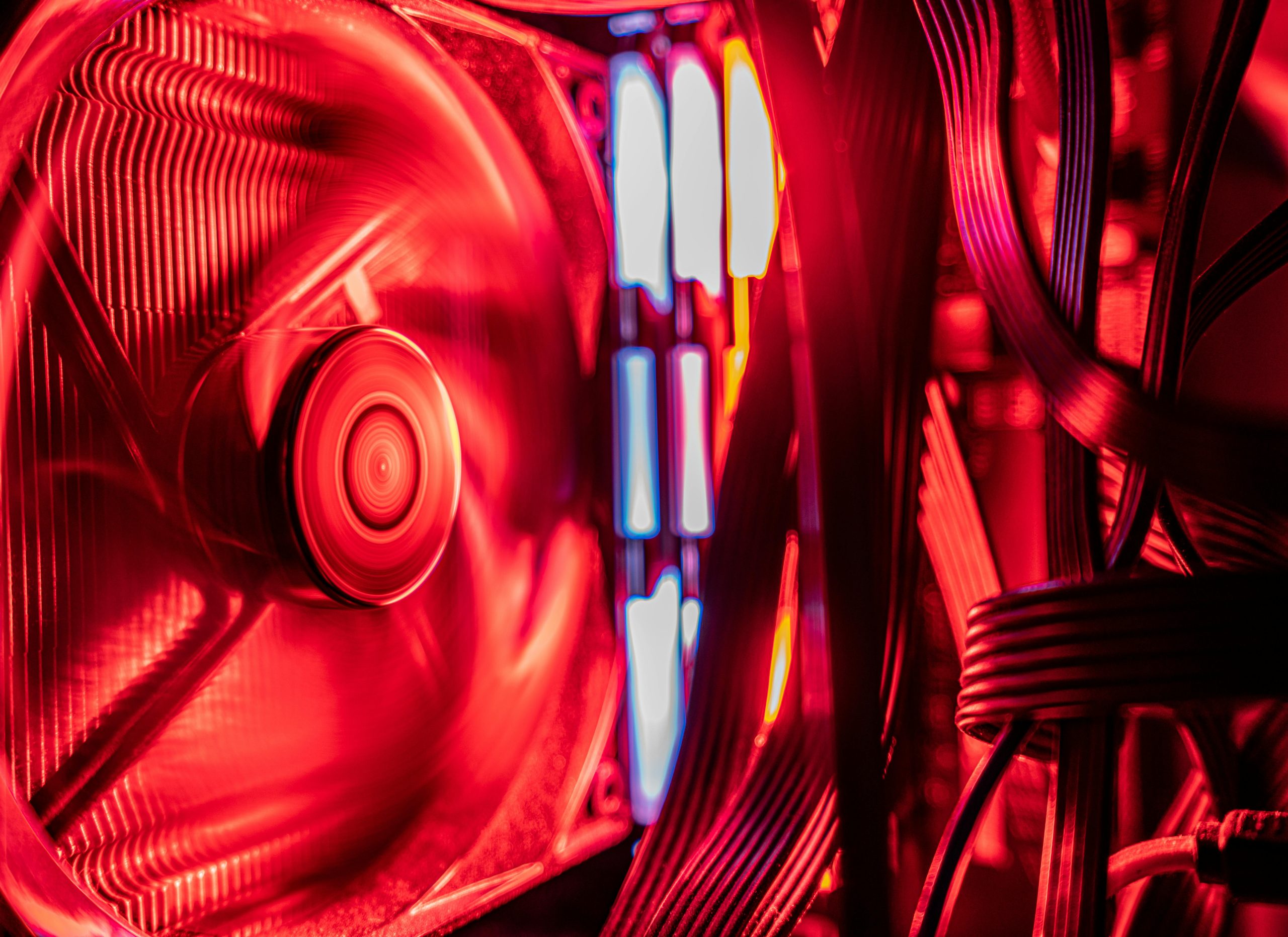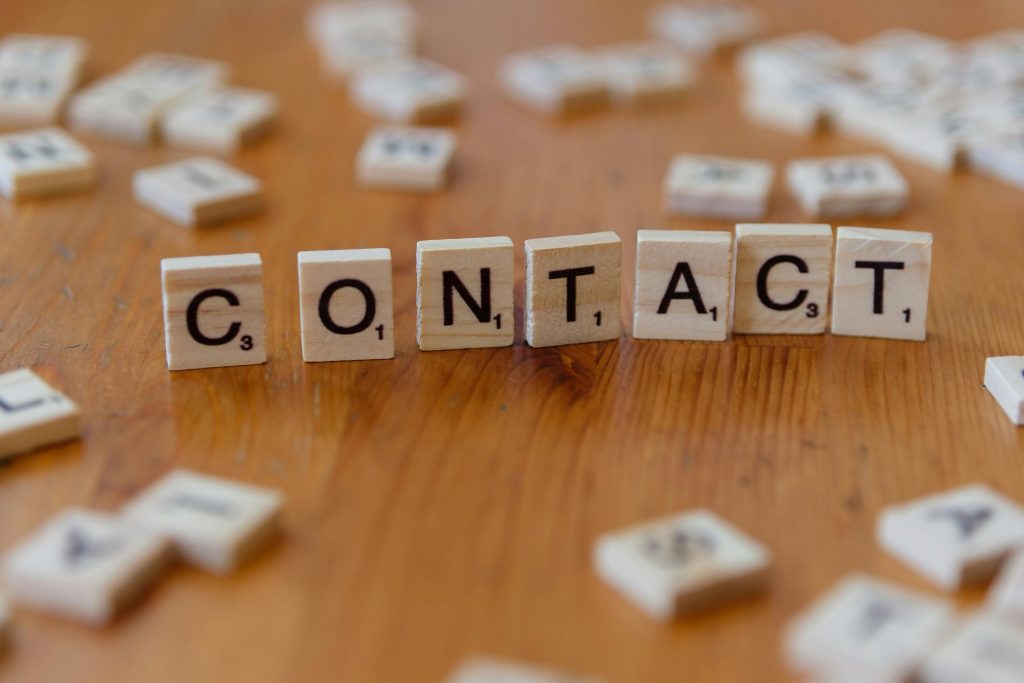Troubleshooting a New PC: Red Motherboard Light and BIOS Access Issues
Building your first custom PC can be an exciting experience, but it sometimes comes with unexpected hurdles. If you’ve recently assembled your system and are encountering a red LED indicator on your motherboard labeled “boot,” alongside difficulties accessing the BIOS, you’re not alone. This article aims to guide you through understanding and resolving these common startup issues.
Understanding the Red “Boot” Light on Your Motherboard
Modern motherboards are equipped with diagnostic LEDs that provide quick visual indicators of system statuses or errors. A red light labeled “boot” typically signifies an issue related to the boot process—such as problems with storage devices, BIOS recognition, or hardware initialization.
Potential Causes:
– Faulty or improperly connected storage drives (SSD or HDD)
– Boot device not recognized or not set as the primary boot device
– Corrupted BIOS settings or firmware
– Hardware incompatibility or faulty components
Addressing the Difficulty Entering BIOS
When pressing the “Delete” key (or “Del”) during startup results in a message like “entering setup…” that remains indefinitely, it’s indicative of a failure to access the BIOS interface. This can stem from various underlying issues, including:
- Hardware conflicts or malfunctions
- Keyboard detection problems
- BIOS corruption or needing reset
- Secure Boot or Fast Boot settings interfering with input recognition
Step-by-Step Troubleshooting Guide
- Check Hardware Connections
- Ensure all cables from your storage devices (SATA, NVMe) are securely connected.
- Confirm that RAM modules are properly seated in their slots.
-
Verify that the power supply connections to the motherboard are firm.
-
Test the Keyboard
- Use a different keyboard to rule out input issues.
-
Connect the keyboard directly to the motherboard, avoiding USB hubs if possible.
-
Reset BIOS Settings
- Turn off the PC and unplug it from power.
- Clear the BIOS by removing the motherboard’s CMOS battery for a few minutes, then reinserting it.
-
Alternatively, use the BIOS reset jumper if available on your motherboard.
-
Check Boot Priority
- If you manage to access BIOS via alternative methods, ensure that your primary storage device is set as the first boot device.
-
Disable Secure Boot and Fast Boot options temporarily to facilitate BIOS entry.
-
Inspect Storage Devices
- Disconnect any non-essential drives.
- Confirm
Share this content:



